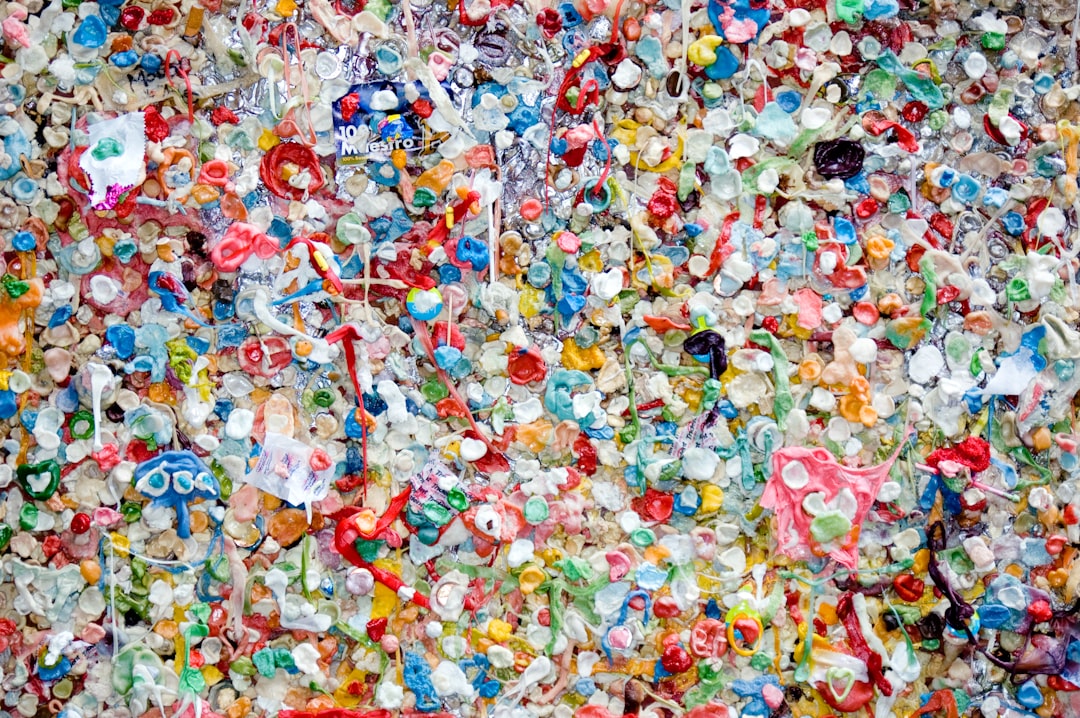What is it about?
A desirable sensory profile is a major consumer driver for wine acceptability and should be considered during the production of reduced-alcohol wines. Although various viticultural practices and microbiological approaches show promising results, separation technologies such as membrane filtration, in particular reverse osmosis and evaporative perstraction, in addition to vacuum distillation, represent the most common commercial methods used to produce reduced-alcohol wine.However, ethanol removal from wine can result in a significant loss of volatile compounds such as esters (ethyl octanoate, ethyl acetate, isoamyl acetate) that contribute positively to the overall perceived aroma. These losses can potentially reduce the acceptability of the wine to consumers and decrease their willingness to purchase wines that have had their alcohol level reduced. The change in the aroma as a result of the ethanol removal processes is influenced by a number of factors: the type of alcohol reduction process; the chemical-physical properties (volatility, hydrophobicity, steric hindrance)of the aroma compounds; the retention properties of the wine non-volatile matrix; and the ethanol level. This review identifies and summarises possible deleterious influences of the dealcoholisation process and describes best practice strategies to maintain the original wine composition.
Featured Image
Read the Original
This page is a summary of: Changes in volatile composition and sensory attributes of wines during alcohol content reduction, Journal of the Science of Food and Agriculture, May 2016, Wiley,
DOI: 10.1002/jsfa.7757.
You can read the full text:
Contributors
The following have contributed to this page










